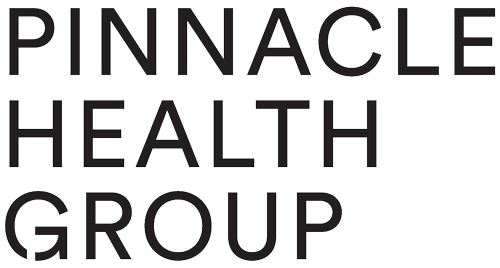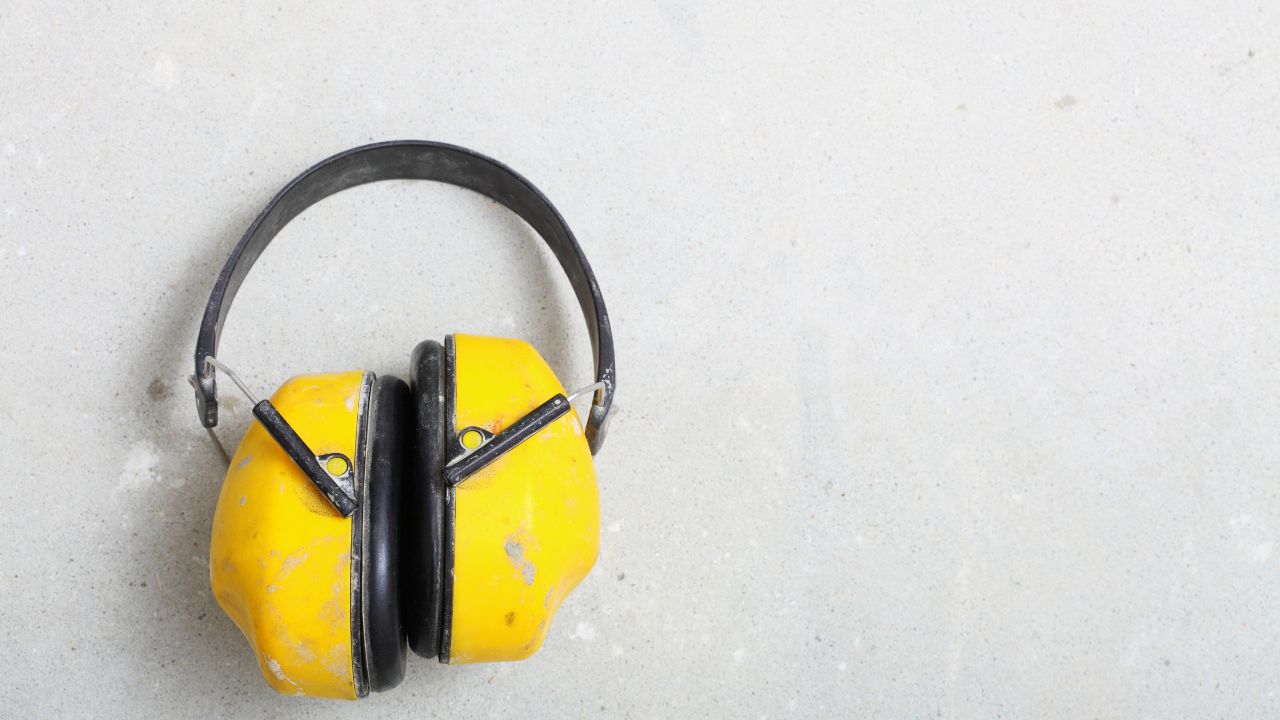In the contemporary realm of work, looking after the health and safety of employees takes precedence. Amid the various facets of workplace well-being, hearing protection is occasionally overshadowed, despite its immense importance. This is precisely where workplace audiometry testing steps in as a vital element in preserving employees’ auditory health. In this blog, we’ll delve into why audiometry testing holds such importance for workplaces, exploring its mandate by health and safety regulations and its contribution to the overall welfare of workers.
Understanding Workplace Audiometry Testing
Workplace audiometry testing entails a comprehensive auditory evaluation that gauges employees’ hearing capabilities. This testing process measures an individual’s hearing threshold, aiding in the detection of potential hearing loss or damage caused by exposure to occupational noise. State Health and Safety regulations recognise the significance of shielding workers’ hearing, thereby necessitating such testing in specific industries and settings.
Yearly Audiometry Testing: A Must
A fundamental aspect of audiometry testing is its recommended annual frequency. Regular testing guarantees that any alterations in an employee’s hearing abilities are promptly detected and addressed. By conducting testing on an annual basis, employers can identify any decline in hearing health at an early stage, enabling timely intervention to thwart further deterioration.
Risk Factors: Ototoxic Agents and Hand-Arm Vibration
Audiometry testing becomes even more pivotal when workers are exposed to potential risks like ototoxic agents or hand-arm vibration (HAV). Ototoxic agents are substances capable of harming the auditory system, leading to hearing loss. Industries dealing with such agents, such as specific chemicals or pharmaceuticals, should give priority to routine audiometry testing to monitor employees’ hearing health.
Likewise, exposure to hand-arm vibration, often encountered in industries involving machinery operation, can contribute to hearing impairment. Regular audiometric assessments can track the impact of such vibrations on employees’ auditory well-being and facilitate appropriate protective measures.
Pre-Employment Audiometry Testing: Reducing Liability
Before an employee embarks on a role in a noisy environment, pre-employment audiometry testing comes highly recommended. Conducting this testing within three months of employment helps establish a baseline for the individual’s hearing abilities. This baseline becomes crucial for determining any subsequent hearing loss that might be attributed to their current job.
Through pre-employment audiometry testing, employers can curtail their liability and workers’ compensation premiums arising from noise-induced hearing loss. This proactive approach not only safeguards employees’ hearing but also shields the financial interests of both employers and workers.

In Summary
In a world marked by constant clamor and potential auditory hazards, according due importance to hearing health in the workplace is non-negotiable. Audiometry testing stands as a cornerstone of this endeavor, providing invaluable insights into employees’ hearing capabilities and any shifts that may occur over time. Backed by state Health and Safety regulations, annual audiometry testing and pre-employment assessments have become integral components of responsible workplace management.
Here at Pinnacle Health Group, we grasp the significance of hearing protection in the workplace. Our comprehensive testing programs are crafted to ensure your employees’ hearing health remains uncompromised. By embracing audiometry testing, you not only adhere to regulations but also cultivate a safer, more productive, and harmonious work milieu. Invest in your employees’ auditory well-being today, and reap the dividends of a healthier workforce tomorrow.

